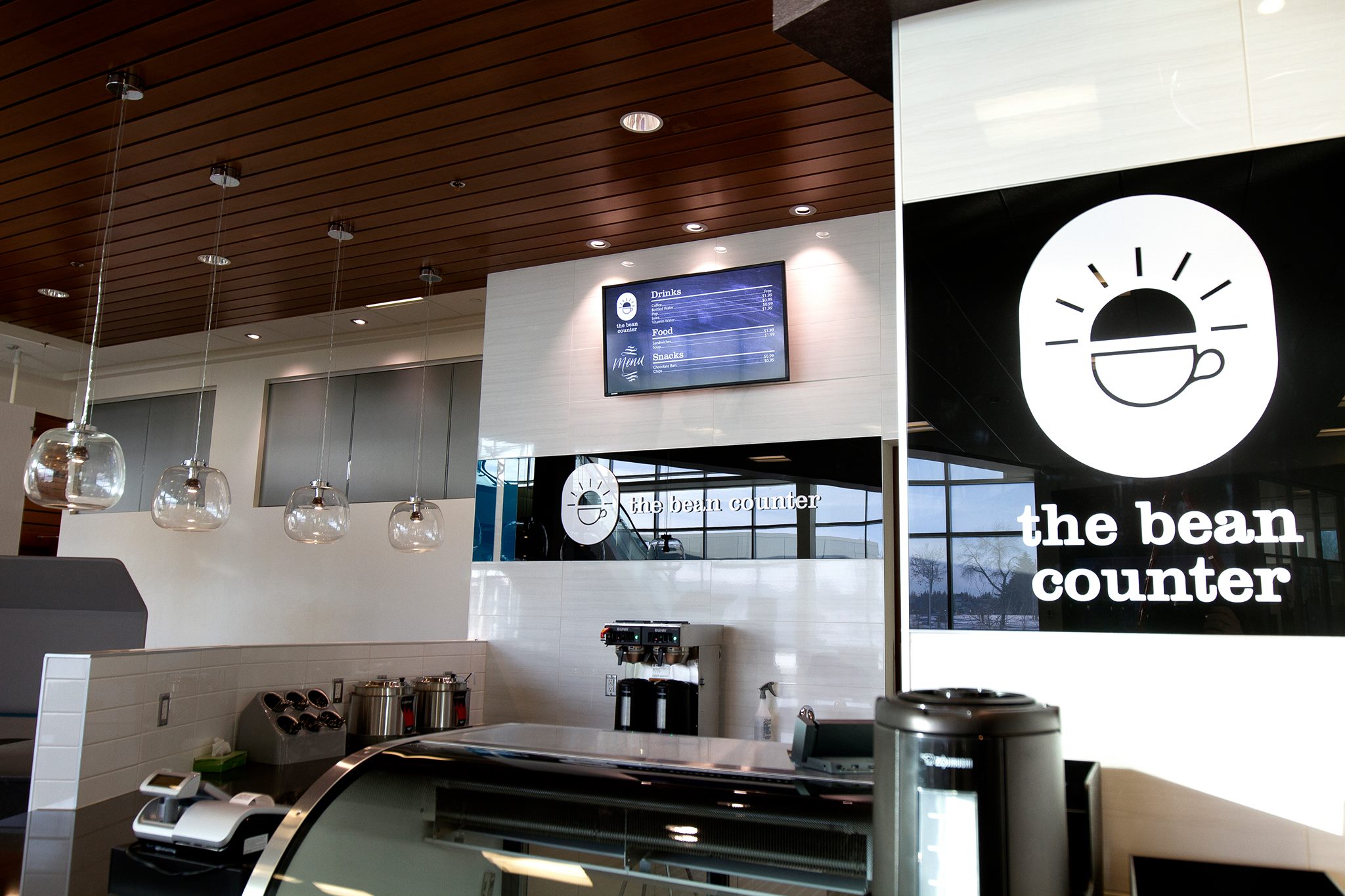Harmonizing Legacy Systems with Cutting-Edge Sound Connectivity Technologies to achieve Improved Performance and Flexibility.
Harmonizing Legacy Systems with Cutting-Edge Sound Connectivity Technologies to achieve Improved Performance and Flexibility.
Blog Article
In today's fast-paced world of sound technologies, the need to improve performance and flexibility in audio solutions is more crucial than ever. Numerous entities and venues still depend on outdated technologies, which are older technologies that may fail to have the features of modern equipment. Nevertheless, integrating these legacy systems with state-of-the-art sound networking solutions can lead to substantial enhancements. Sound networking allows for improved interconnectivity between devices, allowing it easier to control and operate audio across various spaces.
A of the key advantages of integrating legacy technologies with modern sound networking is increased adaptability. Traditional audio technologies often require complex cabling and limited routing choices. With audio communication solutions like Dante or AVB, audio signals can be transmitted over standard Ethernet connections. This means that users can easily link multiple devices without the requirement for extensive rewiring. Regardless in a performance venue, a school theater, or a business event, this adaptability allows for quick modifications and modifications to the sound configuration without significant downtime.
Quality is a further major factor that enhances when older technologies are modernized with current communication solutions. Legacy technologies may have difficulty to deliver high-quality sound, especially in larger spaces or during complex occasions. By adopting audio networking, entities can leverage of advanced features such as minimal latency, synchronization, and electronic data processing. These advancements assist ensure that sound is distinct and uniform, enhancing the overall quality for listeners and performers alike. This transition can create a marked difference in the way audio is experienced in different settings.
Moreover, integrating outdated technologies with contemporary technologies can lead to cost savings in the extended run. Although upgrading to novel devices may require an upfront investment, the efficiency gained through audio communication can reduce upkeep costs and decrease the need for ongoing repairs. Additionally, networked systems often need less tangible room than conventional setups, which can reduce on property expenses in venues. Organizations can distribute resources better efficiently, using the savings they retain to allocate resources in additional critical areas.
Finally, educating personnel on the method to operate combined systems becomes simpler with sound communication. Many modern sound networking platforms come with intuitive interfaces and remote management features. This indicates that even those who may lack extensive technical knowledge can learn to operate and operate the sound solutions efficiently. Educational initiatives can be designed around these technologies, empowering personnel to manage Check This Out and troubleshoot systems with assurance. By blending the old with the modern, entities can create a more competent and knowledgeable workforce, ultimately leading to better audio outcomes for all involved.